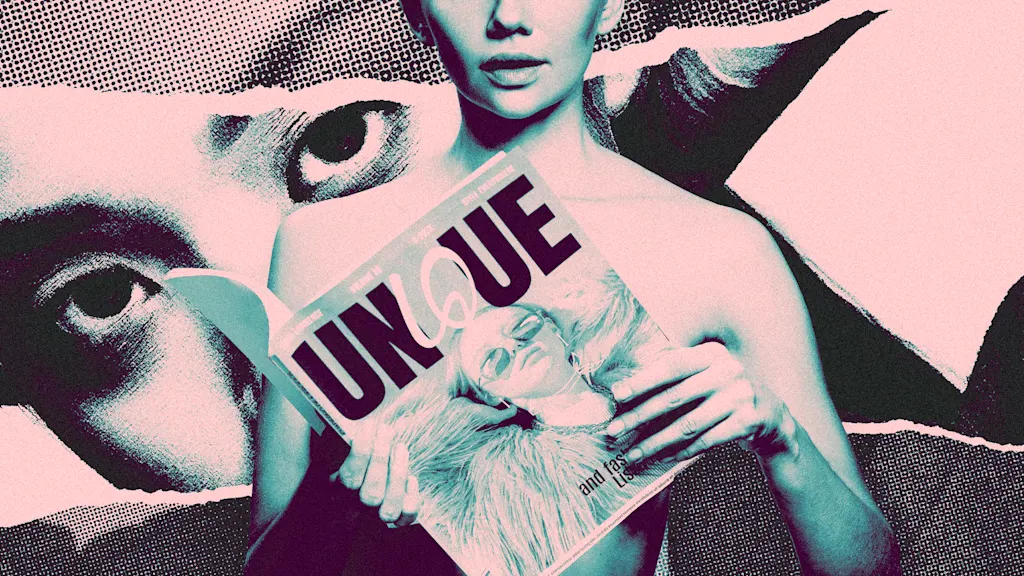
"NewBeauty magazine's Summer/Fall 2025 issue quietly crossed that line, publishing a multipage article dedicated to the beautification of female skin that featured perfect female models who weren't real. Spotted by professional photographer Cassandra Klepac, she pointed out that each photo was labeled as AI and included the prompt used to generate them. With the advent of technology capable of synthesizing ultra-high-definition photos of realistic humans, this was bound to happen sooner rather than later."
"So why did the magazine-which calls itself "the beauty authority" in its tagline-do this? " NewBeauty features both real people and patients, alongside AI-generated images," executive editor Liz Rittertold me via email. "We maintain a strict policy of transparency by clearly labeling all AI content in detail in our captions, including the prompts used to create these images, so readers always know the difference.""
NewBeauty's Summer/Fall 2025 issue published a multipage feature using AI-generated photorealistic female models rather than real people. Professional photographer Cassandra Klepac identified the images and noted that each photo was labeled as AI with the prompt used to generate it. Advances in technology now enable synthesis of ultra-high-definition photos of realistic humans. Vogue faced major backlash after featuring Guess advertisements with AI-generated models, leading to millions of viewers' anger and subscription cancellations. Executive editor Liz Ritter said the magazine features both real people and AI images and that captions clearly label AI content and prompts. There are currently virtually no laws governing editorial use of AI-generated humans.
Read at Fast Company
Unable to calculate read time
Collection
[
|
...
]